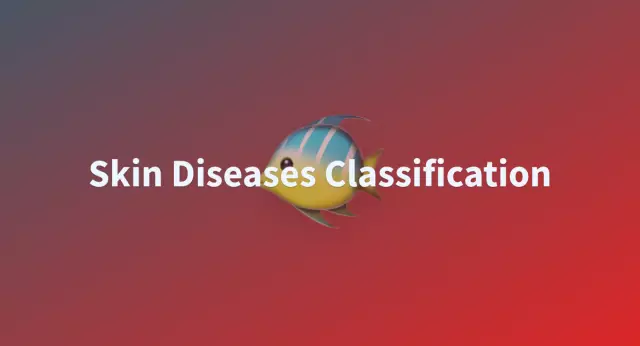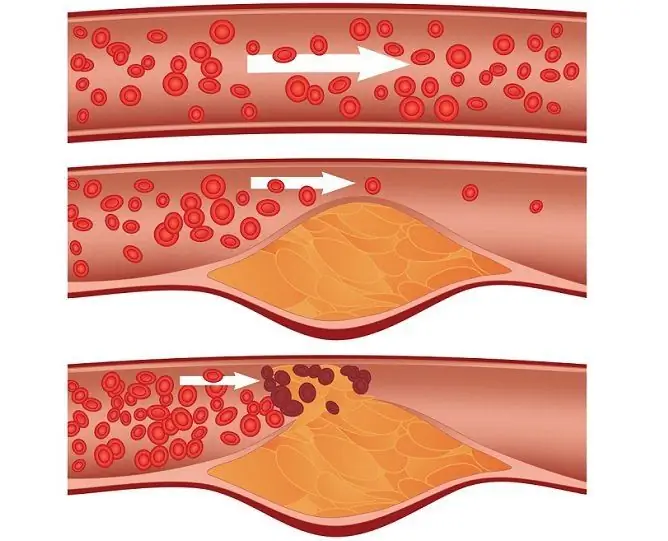- Author Rachel Wainwright [email protected].
- Public 2023-12-15 07:39.
- Last modified 2025-11-02 20:14.
Syndactyly

From the moment of conception to its birth, the human body goes through a long path of development. During this time, many factors can have the most negative impact on the formation of a growing child and, thereby, contribute to the appearance of various congenital anomalies in him. One of them is syndactyly - deformity of the hands or feet, and a combined lesion of the limbs is also possible. In this case, the newborn has two or more fingers connected to each other. This developmental anomaly can be caused by a variety of reasons.
Syndactyly, reasons
Most often syndactyly occurs on the upper limbs. Several members of the same family can sometimes suffer from this developmental defect, which indicates the possibility of a hereditary nature of this defect. If the relatives of the child did not have such an anomaly, its occurrence is associated with the impact of various negative factors on the fetus during intrauterine development.
The causes of syndactyly cannot be called "highly specialized". They can disrupt the formation of any other organs and systems of a growing organism. As you know, any adverse effect on the expectant mother directly affects the health of her baby. Factors that disrupt the process of normal fetal development include: occupational hazards at work, unfavorable environmental conditions, infectious diseases of the mother during gestation.
The baby's hands begin to form by the end of the first month of pregnancy, when the woman is not always aware that she is carrying the baby. In this regard, the development of various defects, including syndactyly, is possible, the causes of which are rather problematic to establish. Initially, the hands of the fetus are physiological fusion of the primordia of the fingers. In the second month of pregnancy, as they grow in length, they begin to separate, taking on their natural shape. It is during this period that any of the pathological factors can play a negative role, as a result of which the fingers do not separate.
In addition to a congenital anomaly, acquired syndactyly may also occur. It occurs in both children and adults due to thermal or chemical burns of the hand.
Syndactyly, classification
Syndactyly is not always an isolated defect, especially with a hereditary nature of occurrence. Quite often, it is combined with other developmental anomalies, especially with those associated with damage to the human chromosome set. Also, a pathological connection of the fingers can occur with congenital defects of the musculoskeletal system. The classification of syndactyly depends on the condition of the affected fingers, the type of fusion, and the length of the existing adhesion.
The junction can be in the form of a thin membrane, a dermal bridge with soft tissue inclusion, or a dense bone formation. In this case, fusion is possible either along the entire length, or only along one or two phalanges. The complexity of syndactyly determines the condition of the fingers affected by the defect. They may develop normally or have any musculoskeletal abnormalities.
Syndactyly, which primarily affects the toes of the upper extremities, is a significant cosmetic defect. In addition, inadequate performance by the brush of its functions also has an extremely adverse effect on the formation of the child's personality. Syndactyly, due to the fact that the performance of differentiated movements of the fingers of the hand is sharply limited or impossible, leads to secondary defects. They are manifested in the violation of psychomotor, speech and, in some cases, intellectual development of the child.
To eliminate such a congenital cosmetic defect as syndactyly, as well as eliminate its negative impact on the baby, allows timely treatment of this pathology.
Syndactyly, operation
Separation of accrete fingers is carried out only by surgical methods. With syndactyly, the upper limbs are subjected to surgical treatment. The existing medical practice is explained by the fact that such a developmental anomaly is a serious cosmetic defect and significantly disrupts the functions of the hand. As a result, the child's mental and physical development suffers. Surgical intervention on the fingers of the lower extremities is carried out only when the existing defect significantly interferes with normal walking.

For any type of syndactyly, the operation is usually performed when the child reaches the age of 4-5 years. The only exception is this type of congenital defect, when there is a bony connection of the terminal phalanges of the fingers. In this case, the separation is carried out in the second half of the first year of the baby's life, since the lack of timely surgical intervention leads to the development of secondary deformities of the fingers.
With syndactyly, the operation consists in the surgical separation of the fingers, followed by the closure of the resulting wound surface with small pieces of the patient's skin tissue. The recovery period lasts 3-4 months, during this time it is required to fix the fingers in a straightened position at night using removable plaster splints. Postoperative treatment of syndactyly also includes massage, physiotherapy exercises, physiotherapy, mud applications.
As you know, by means of modern medicine, it is almost impossible to prevent the appearance of most malformations. However, the currently existing methods of treatment can successfully eliminate many congenital anomalies, including syndactyly. A timely surgical intervention enables a child with a similar defect to develop on a par with their peers and subsequently lead a full life.
YouTube video related to the article:
The information is generalized and provided for informational purposes only. At the first sign of illness, see your doctor. Self-medication is hazardous to health!






